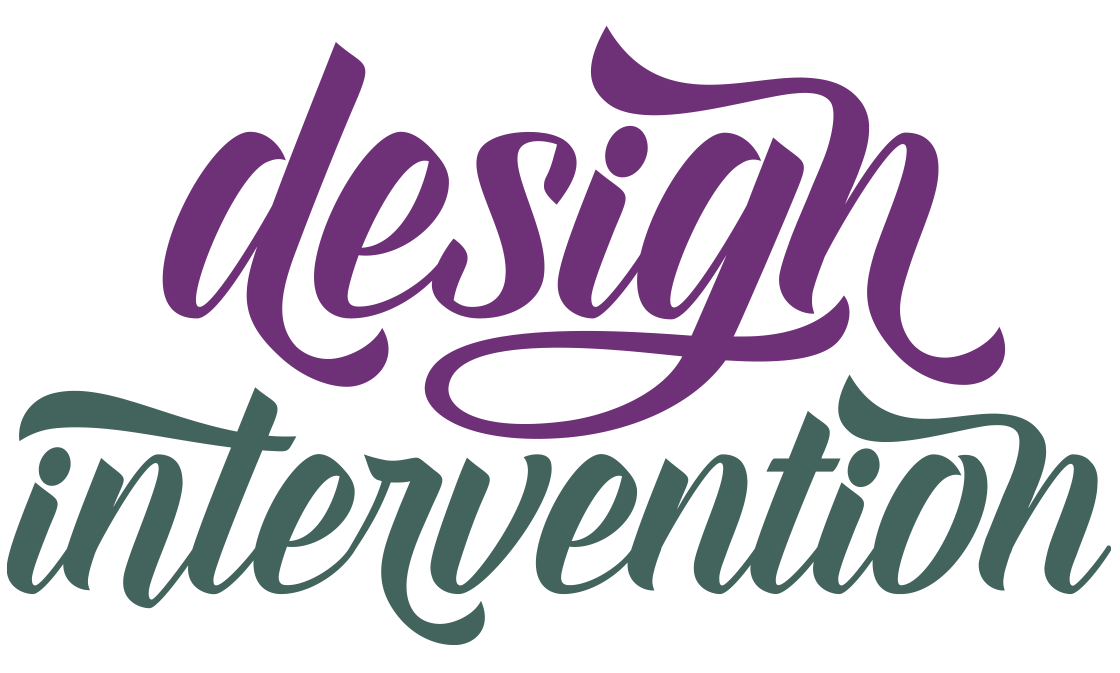Using Psychology to Ethically Influence Customers - Part 2
Last month we discussed how customers make a purchase based on emotional/psychological influences. If you haven't read Part 1, check it out and then come back to Part 2 to learn about the psychological principals of marketing..
The Psychological Principals of Marketing
Below we will start to dig into some of the strategic examples from a class I recently completed with Arno Burger, Marketing & Business Development Expert at Mindmekka. These are principals that should be implemented ethically by business owners that are doing their best to reach their audience because they sell a valuable product or service that can meet their customers' needs.
The Endowment Effect:
What is it? The feeling that something we own has a higher value than what we would pay for it if it weren't ours. It feels like more of a risk to give up something we own.
Example: When selling your home, you would feel the fair asking price would be higher than what the buyer feels is a reasonable price.
How to use it in marketing: Offering things like free test drives and free trials makes the buyer feel like they already own it and would likely feel more comfortable paying the full price for it than if they didn't have that sense of ownership, to begin with.
Reciprocity:
What is it? It's the feeling that if someone does a favor for you, you will feel compelled to do something for them in return.
Example: When someone gives you a business referral, we often feel a genuine sense of doing the same for them and often return the favor when we can.
How to use it in marketing: You could use it just like in the example above. BNI (Business Networking International) uses this principle. Or offering free valuable content in a blog, free gifts, sales, discounts or a free download will often make customers feel indebted to you and will be more likely to buy from you.
Consistency:
What is it? It's the idea that we are consistent in our thoughts and actions and they align with who we think we are as people. When we are inconsistent with those thoughts and actions, it causes us discomfort.
Example: If you consider yourself a financially responsible person, you most likely pay your bills on time. Sending in a bill late would cause you discomfort or anxiety.
How to use this in marketing: You could have a message on your website that asks if visitors want to sign-up for a course. You could give folks the option of "Yes, I would like to take this course and grow my business" as opposed to "No, I'm not interested in signing up for your course. I'd rather not get new customers." Choosing the "No" option would most likely cause the visitor discomfort, and they would be more likely to sign-up.
Foot-in-the-Door:
What is it? It's asking someone to do something small before you ask them to do something big. The small initial request creates a bond, and that person is then more likely to act on the more significant request if they have complied with the small one.
Example: If your neighbor asks you for a cup of sugar and then later asks you for a ride to the store, you are more likely to do that larger favor if you have done the first one.
How to use this in marketing: If you ask web visitors to give you their email in exchange to be on your newsletter list and then later ask them to purchase something from you, they would be more likely to do so.
Door-in-the-Face:
What is it? It's the opposite of the one above. Foot-in-the-door relies on consent whereas Door-in-the-Face relies on rejection. It's the idea that if you ask for something big first and get rejected, you could then ask for something small and the person would agree. They will feel bad for saying no to the large request, and the small request will seem much smaller after hearing the big request first.
Example: We could flip the scenario above. If your neighbor asks you for a ride the store and you say no. They then may ask you for a cup of sugar, and you would say yes.
How to use this in marketing: Again, flip the scenario above. Ask for the big sale first and if they say no, ask them to subscribe to your newsletter. This can seem confusing given what I just explained about Foot-in-the-Door, but this is when strategy comes in. Think about what your goals are—if it's just to increase your mailing list, do Door-in-the-Face. But if you want to make a big sale, do Foot-in-the-Door. Make sense?
The Ben Franklin Effect
What is it? Ben Franklin asked a political opponent if he could borrow a book. The opponent complied and Ben later returned the book with a written note of thanks. Then, that opponent told Ben Franklin that he would be happy to help him with anything he might need in the future.
Example: Much like Foot-in-the-Door a bond happens when you do someone a favor even if you don't get anything in return. If you lend a friend a movie and they return it and are grateful, you are more likely to offer up more favors to them in the future.
How to use this in marketing: Ask your happy clients or customers for testimonials. The ones that give you feedback will be more likely to look at your company favorably in the future when considering to make another purchase even though they didn't receive anything in return for providing you with that testimonial. A bond was created by the favor, and this is what creates this psychological effect.
Loss Aversion
What is it? It's similar to the Endowment Effect in that we feel the adverse effects of a loss more than the positive impact of a gain.
Example: If you get a rip in your favorite pair of jeans and ruin them beyond repair, that loss will feel more significant than the positive effect of getting a new pair of jeans even if nothing ever happened to the old ones.
How to use this in marketing: This principle is best applied when emphasizing what the consumer saves rather than what they gain. For example, when deciding what kind of sale to have at your store, it may be more beneficial to you to advertise "Save 50% on your purchase" rather than "Buy one, get one free."
Start Small
There's a lot to learn about using emotion and applying it to these psychological principals of marketing. I have more strategies to share with you in the third, and final, part of this series next month, but it can be overwhelming trying to figure out where to start. Take note of which strategies resonate with you and begin to come up with a plan to implement one or two that might help you reach your marketing goals. Need some help getting started? Let's connect.

